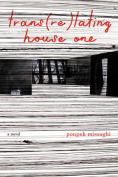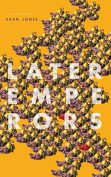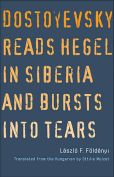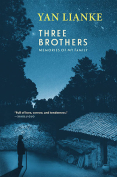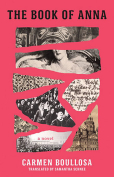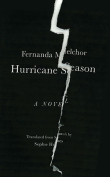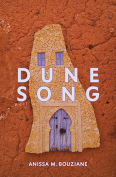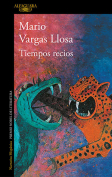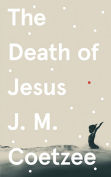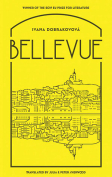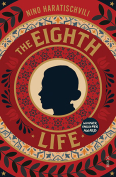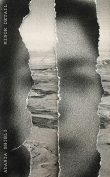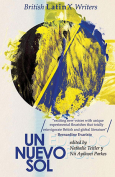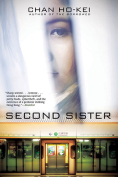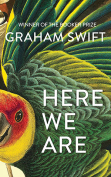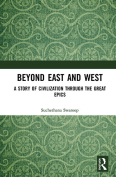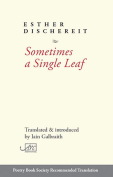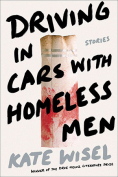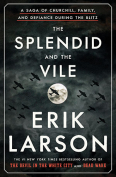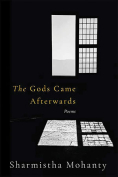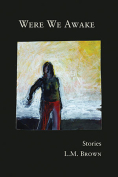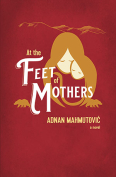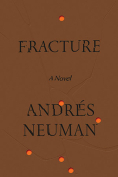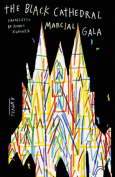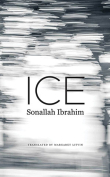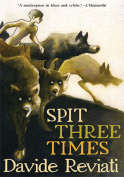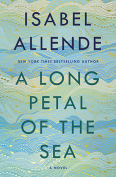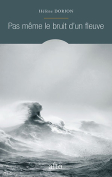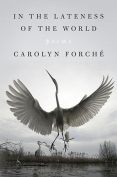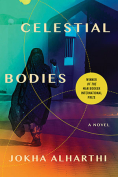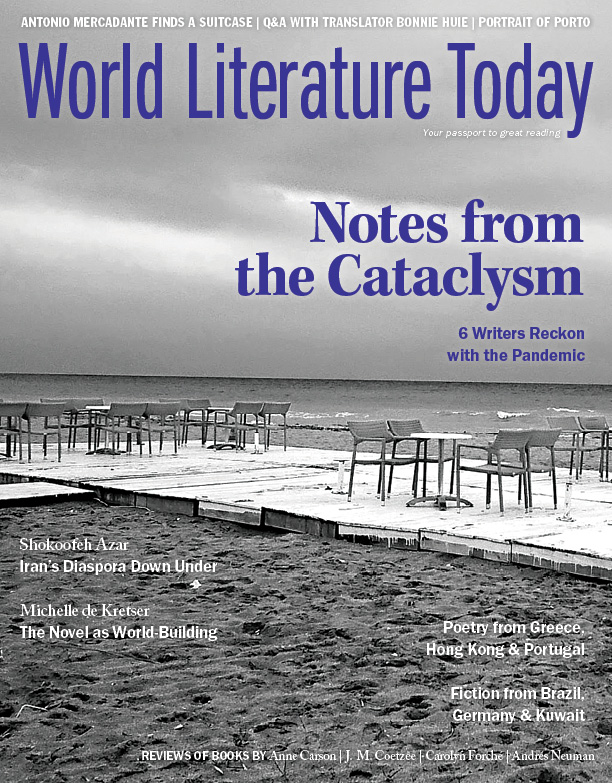The Death of Jesus by J. M. Coetzee
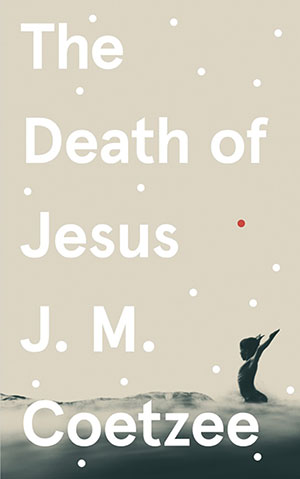 London. Harvill Secker. 2020. 197 pages.
London. Harvill Secker. 2020. 197 pages.
THE DEATH OF JESUS presumably concludes J. M. Coetzee’s cycle on the messianic figure. It is not surprising that this author would eventually write a great work on this theme, as his books often bring out a truth that does not redeem. The magistrate in Waiting for the Barbarians, David Lurie in Disgrace, and the figure of Coetzee himself in his autobiographical fiction; all these figures are in possession of an emasculated truth. By focusing on the messianic, then, Coetzee can put this thesis—perhaps the central concern of his work—to the test.
In The Death of Jesus, Simon, guardian of young David—the remarkable, graceful boy to whom the book’s title alludes—frantically attempts to salvage some of his ward’s legacy as he tries to find the message or meaning that David decided not to share with him. Simon often speaks in the name of reason, even if his voice has a sentimental edge to it, which he often indulges. David is the strong-willed child who—in defiance or excess of Simon’s logic—holds his idiosyncratic convictions about mathematics, astronomy, the relationship between truth and fiction, and, above all, dance. “It all came down to dance. . . . Somehow or other David translated anything and everything to dance. Dance became the master key or master language, except that it was not a language in the normal sense, with a grammar and a vocabulary and so forth that you could learn out of a book. You could learn only by following.” This statement not only captures some of David’s message but also illuminates Coetzee’s book, his composition or choreography.
For Coetzee’s trilogy on the life of Jesus comes closest to a dance. Within the trilogy, the essential tenets of Western religion and thought acquire an eerily mobile quality: everything that David touches—mathematics, astronomy, and philosophy—moves through a lens of fiction and is judged only from an eschatological perspective, from the standpoint of grace. Importantly, Coetzee’s literary intervention is special, nongeneric. This puts it at a distance from what other heirs of Kafka have done before (e.g., Kazuo Ishiguro’s The Unconsoled, where a similar kind of alienation appears as a common feature of modern existence). Instead, in Coetzee’s writing there are exact, particular tropes of Western religion and thought that become identifiable thanks to—and in spite of—a bended and warped fictional distortion that is proper to them. Reading The Death of Jesus and its precursors means to follow, as in a dance, an ongoing reconfiguration of their constellation. A highly elegant deconstruction of eternal bodies.
Arthur Willemse
University of Maastricht

